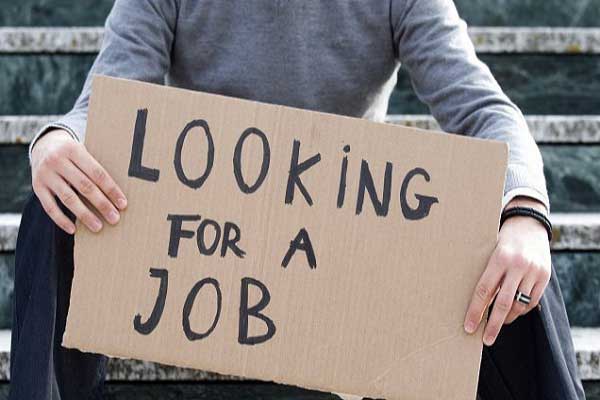 The number of Americans applying for unemployment benefits rose in the first week of January amid raging COVID-19 infections, but that number still remains low by historical standards.
The number of Americans applying for unemployment benefits rose in the first week of January amid raging COVID-19 infections, but that number still remains low by historical standards.
New York.- The United States jobless claims – a proxy for layoffs – climbed by 23,000 last week to 230,000 for the week ending January 8, the US Department of Labor said on Thursday. The four-week moving average, which smooths out week-to-week blips, rose nearly 6,300 to almost 211,000.
The rise in claims is likely due to the surge in Omicron infections that has led to a wave of flight cancellations and workers calling in sick. But analysts say those headwinds should dissipate as Omicron, the latest variant of the coronavirus, runs its course.
“The rise in claims likely reflects an increase in layoffs due to the surge in COVID cases, as seasonal adjustment factors, last week worked in favor of a lower headline claims figure,” said Nancy Vanden Houten, lead economist at Oxford Economics. “Claims may remain elevated in the near term, but we expect initial claims will gravitate back to the 200,000 level once the Omicron wave passes.”
The US jobs market has bounced back strongly from 2020’s coronavirus crisis and its subsequent recession. The nation currently has a near-record number of job openings and workers are so confident about their prospects that they are saying “I quit” in record numbers.
The unemployment rate fell to a 22-month low of 3.9 percent in December, which means that the labor market is at or approaching maximum employment. Altogether, about 1.6 million people were collecting unemployment benefits the week that ended January 1 – quite the turnaround from the record high of 6.149 million in early April 2020.
However, surging inflation is worrying millions of Americans. Consumer prices jumped 7 percent year-on-year in December, the largest gain since June 1982. Economists expect the Federal Reserve to increase interest rates in March – and possibly raise them as many as three more times this year to cool rising prices.
When COVID-19 hit in March 2020 and governments ordered lockdowns, companies cut millions of jobs and the U.S. unemployment rate surged to 14.7 percent. Governments then injected trillions in stimulus funding to keep struggling economies afloat. That coupled with vaccine campaigns helped the economy bounce back.
But companies are struggling to bring back workers and find qualified employees to replace the scores who have resigned in recent months. Employers posted 10.6 million job openings at the end of November.
The U.S. workforce is about 2.2 million people smaller than before the coronavirus pandemic. Workers are increasingly confident about their job prospects. And those employed are emboldened to ask for a better deal from large corporations, a trend unseen in the U.S. for several decades. Titans of corporate America are seeing more collective bargaining challenges including coffee chain Starbucks and cereal manufacturer Kellogg.
Data continues to underscore the shifting balance of power between corporations and their workers. A record 4.5 million workers quit their jobs in November, 4.2 million in October and 4.4 million in September. This phenomenon has been dubbed “the Great Resignation” by economists. (RHC)






